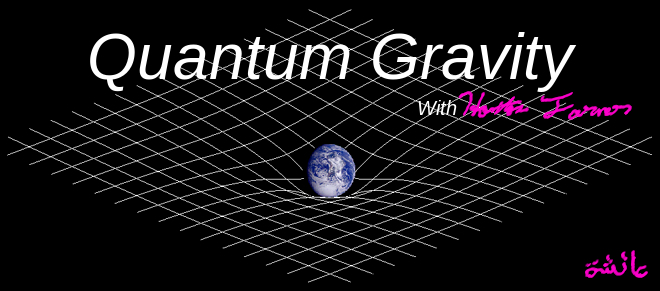The X-Ray laser was a main weapon envisioned for the Reagan administration's Strategic Defense Initiative (SDI). The descendants of that technology are used to image nano-scale structures the size of individual proteins. This is a prime example of how science is not a moral pursuit. Science simply reveals tools for our use.
History.
In the early 1980's, Ronald Reagan was president and had been talking tough when it came to the Soviet Union. After reviewing our operational plans and facilities for fighting a nuclear war, he came to a grim conclusion. We could accurately track inbound missiles, bombers, and subs. We could tell where they would strike and when. However, there was nothing we could do to stop them. The presidents options were to retaliate, or ride out the attack and try to keep the upper hand in a post war world. (With our cities destroyed, what would we have to loose by attacking at that point? While the other guy would have everything to loose. )
Edward Teller contacted the president and made him aware of the theoretical possibility that this weapon could shoot down multiple inbound ICBM's. This artist rendering is typical of the era.

The image above comes from a poster I prepared for a class in Laser Physics. I don't recall the artist, and don't claim to have rendered it myself. As the poster says only one test of this weapons system was carried out successfully.
The
basic physics of the X-ray laser are the same as for a normal laser.
Energy bonds within a system are excited to a higher energy state.
Then, once that high energy state reaches a certain saturation, it
releases that energy as a single wavelength pulse of energy. The
classic visible light LASER involves a medium such as ruby and a
pumping source such as LEDs. The X-Ray lasers
of SDI involved a metal crystal which would be stimulated by the
intense radiation from an atomic bomb blast and emit X-rays.
In the process the device destroys itself. One design called
for multiple laser emitters powered by one nuclear device. Each
emitter would target a missile, and they would all simultaneously
fire when the device detonated. It was said at the time that a device the size of a large
office desk could take out a dozen missiles.
There
was only one underground test of this concept which had possibly
successful results. The other possibility is that the sensor
which detected the X-ray emission was faulty. That sensor was
destroyed in the test so this possibility could not be
checked.
X-ray
Free Electron Lasers
In
the last decade the development of X-Ray lasers has accelerated with
the introduction of high energy free electron lasers. The way
these work is quite different from the SDI era devices. The
current technology uses a linear electron accelerator and a long set
of alternating magnets called an undulator. The rapid
accelerations of the electrons release radiation at a precise X-ray
frequency which depends on the spacing of the magnets in the
undulator. As this image illustrates.

As the electrons pass by each magnet radiation is released. To get a useful amplification the undulator has to be quite long.
The
most powerful operating facility which uses this technique to
generate an X-ray laser is in Hamburg Germany. A major new facility
is under construction the European
XFEL.
Uses
of this technology.
What
good is this technology? It is of course used for imaging, but
you would not want to put your possibly broken leg in front of
it!
These
lasers have the intensity to make high resolution images of tiny
structures. Things like proteins, molecules, nanomachines etc
can be destructively imaged by this technique.

This
image, taken from the same poster illustrates the process. The X-ray
laser beam, in red, enters from the left. The beam shines on a
tiny (twenty micrometer) spot on a known sample. The sample is only
nanometers thick. The beam scans the image onto a specially made
mirror. The angle the mirror is chosen to reflect the x-rays which
can happen at certain angles.
The
image produced on the charge couple device (CCD) which is sensitive
to X-rays is actually an interference pattern. At first glance
this pattern does not contain any useful information. However
with enough processing power and a really complicated fourier
transform the image can be reconstructed.
This
last panel shows a comparison of the known image to the reconstructed
image. The level of detail is quite high.
The
applications of this technology are bounded only by our imaginations. Imagine that the surface of a deadly virus like Ebola or HIV could
be imaged in high detail. We could design pharmaceuticals
which would interface more precisely with these bugs. Perhaps the European XFEL will be able to do this.
The possibilities are endless.
A
technology devised for war can now be used for peace and progress.



Comments